The coronavirus pandemic has forced retail stores and businesses to shut down across the United States. With states gradually reopening, more and more of these stores can once again open their doors — with a few changes in place.
If you’re preparing for a store reopening, you’ll need to be ready for an experience that’s not at all like business as usual. However, with the proper precautions in place and some flexibility in your business model, you can successfully reopen your store and welcome customers back.
Check your local requirements
Before planning your store reopening, check with your state government. Many states are reopening in phases, giving different businesses permission to open in each phase. Once you’ve identified when you can reopen, review your state’s reopening requirements.
Your state may have specific guidelines when it comes to store capacity, employee testing, and more. It’s important to consider all of these elements when planning your reopening and the changes you’ll need to make.
Implement safety measures
The Centers for Disease Control and Prevention (CDC) recommends that stores implement social distancing to maximize customer and staff safety. This may mean restructuring your store and implementing new safety measures before you reopen:
- Use signage and distancing markers on the floor to designate six-foot spacing.
- Require face coverings for all customers and staff.
- Place touchless hand sanitizer throughout the store for staff and employee use.
- Install plexiglass at checkout areas when six-foot distancing is difficult to maintain.
- Increase outdoor ventilation and use indoor air filtration systems to maximize air cleanliness and quality.
- Schedule stocking so that it takes place during off-peak hours, minimizing staff contact with customers.
Some states encourage or require one-way traffic through store aisles. Consider the best way to implement these routes and create plenty of signage — both at eye level and on the floor — to help customers follow these guidelines.
If your state is restricting the number of customers in a store at one time, you’ll also need to design a system to track this information, especially if you have a larger store. Closing extra entrances and assigning one employee to monitor customer numbers can be an effective strategy.
Screen employees
The CDC also recommends that you conduct daily employee health checks, including temperature screening. You should also ask your employees if they have COVID-19 symptoms. This employee COVID-19 self screening questionnaire can help to simplify the process of daily screening.
In addition to screening staff, you can support them in other important ways. Provide face masks and other necessary equipment — like gloves — to help keep employees safe while they’re at work.
Take the time to train your employees on the proper use of personal protective equipment (PPE), including how the equipment should fit and when they should wear it. Train your team how to mitigate the spread of germs when coughing and sneezing, and teach them proper handwashing procedures.
Create a disinfection schedule
Regular disinfection is essential to keeping your store safe. Create a disinfection schedule and a tracking system — like a chart — to ensure that the store is cleaned and disinfected regularly.
If staff will be handling the disinfecting procedures, create a checklist of all of the items they need to disinfect. High-touch surfaces — like doorknobs, cash registers, credit card readers, and store phones — need to be on this list.
Reviewing the CDC’s guidelines on cleaning and disinfecting facilities can help you develop your store’s policies and procedures.
Set up an e-commerce site
If your business doesn’t already have an e-commerce site, now might be the perfect time to set one up. Establishing an e-commerce site can enable you to take online orders and ship products or prepare them for curbside pickup.
Building a new site takes time and money, but with Jotform’s business order form templates, you can probably add this functionality into your existing site. With many customers anxious about spending prolonged periods inside public spaces, offering contactless store pickup can help drive sales during your store reopening. Plus, selling products online could open up your business to entirely new customers.
Stay flexible
Life has a way of changing unexpectedly during the pandemic, and that means your store reopening date could change as well. Be sure to follow your state and local governments’ social media pages and sign up for email updates. Review these updates frequently so that you have the latest information and details on when your business will be able to reopen.
Reopening your store will be a bit of an adventure, but the more planning you can do, the better prepared you’ll be for anything you might face.






























































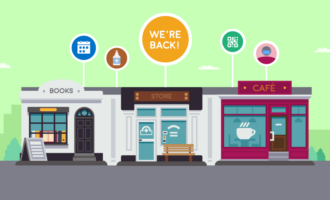
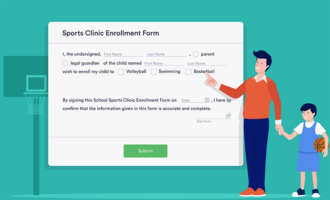






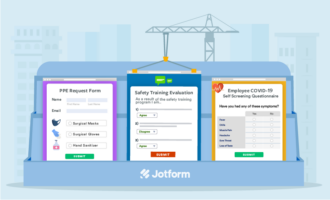





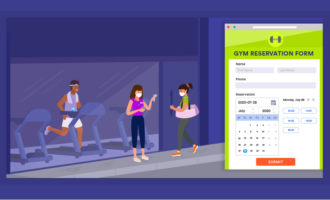





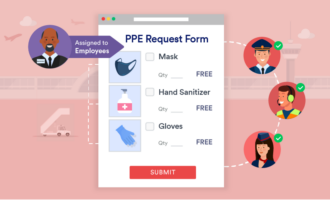


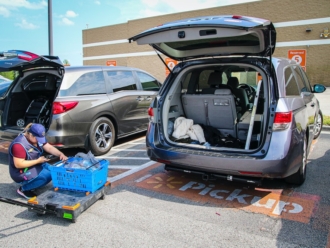






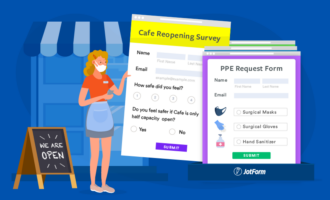


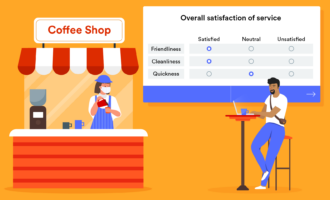


Send Comment: